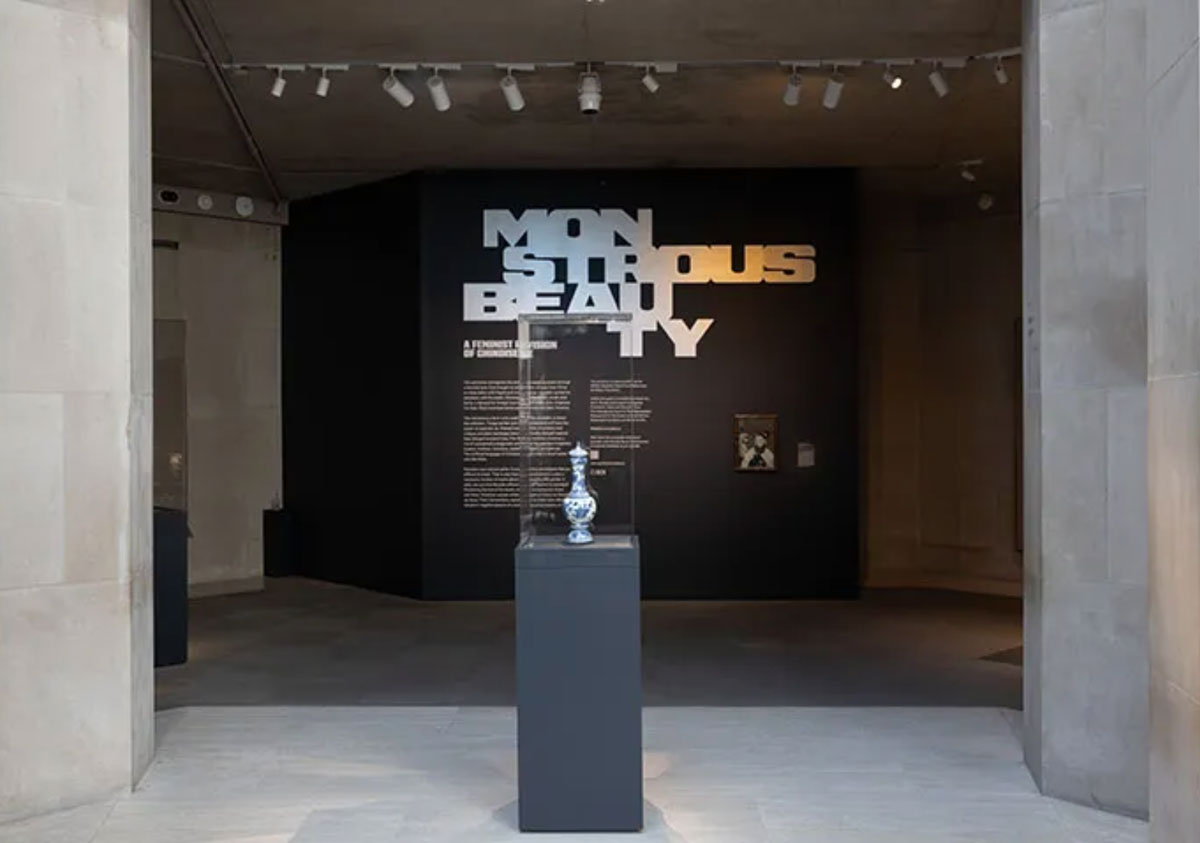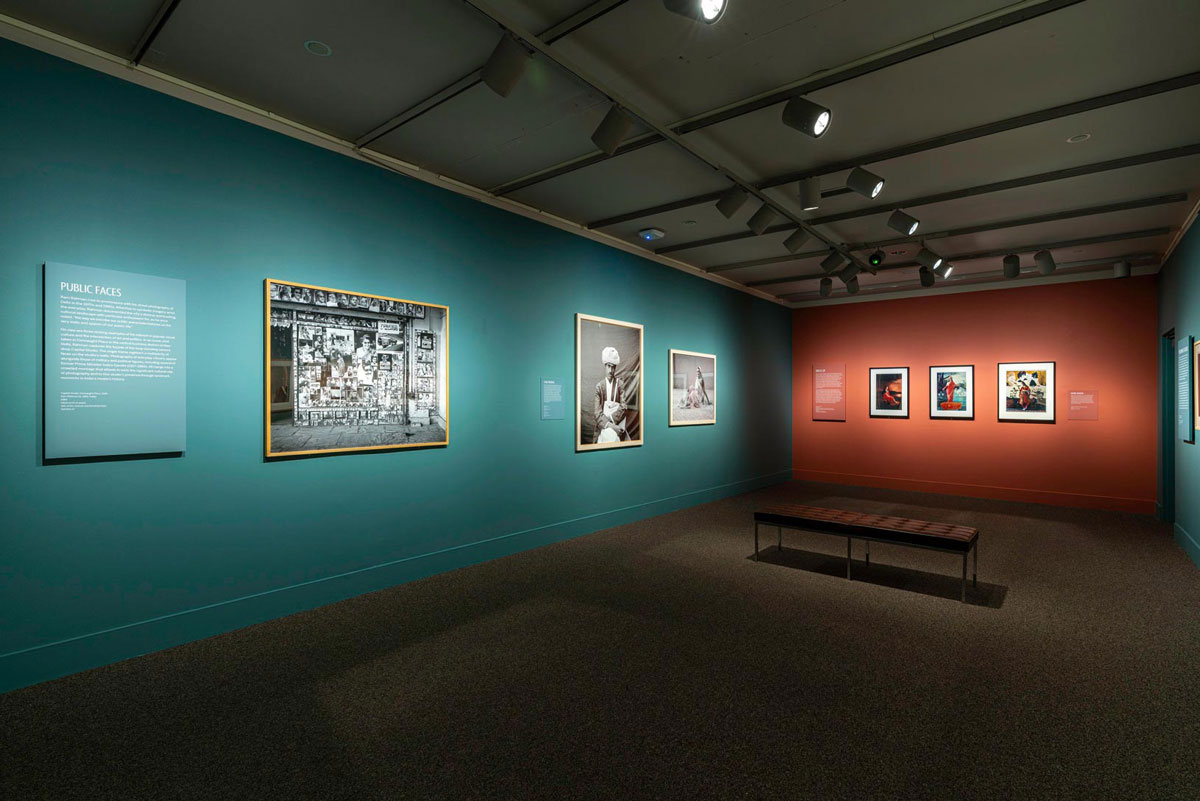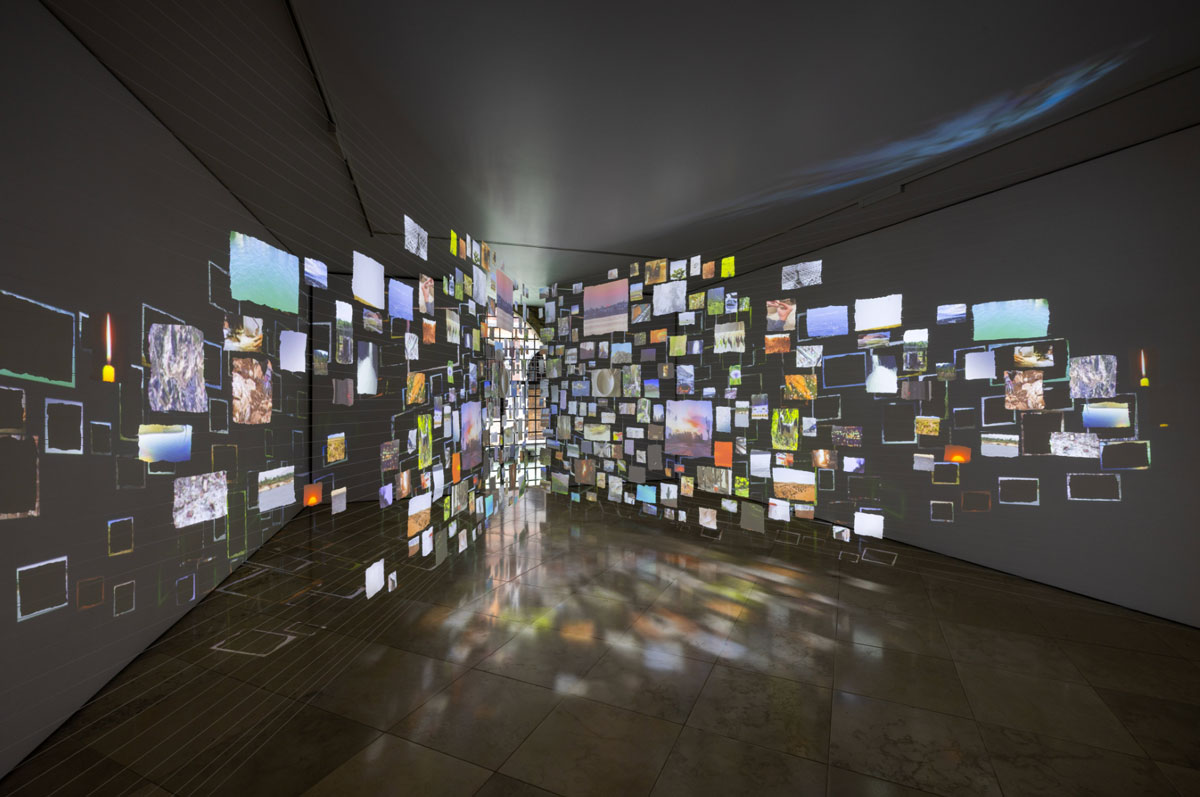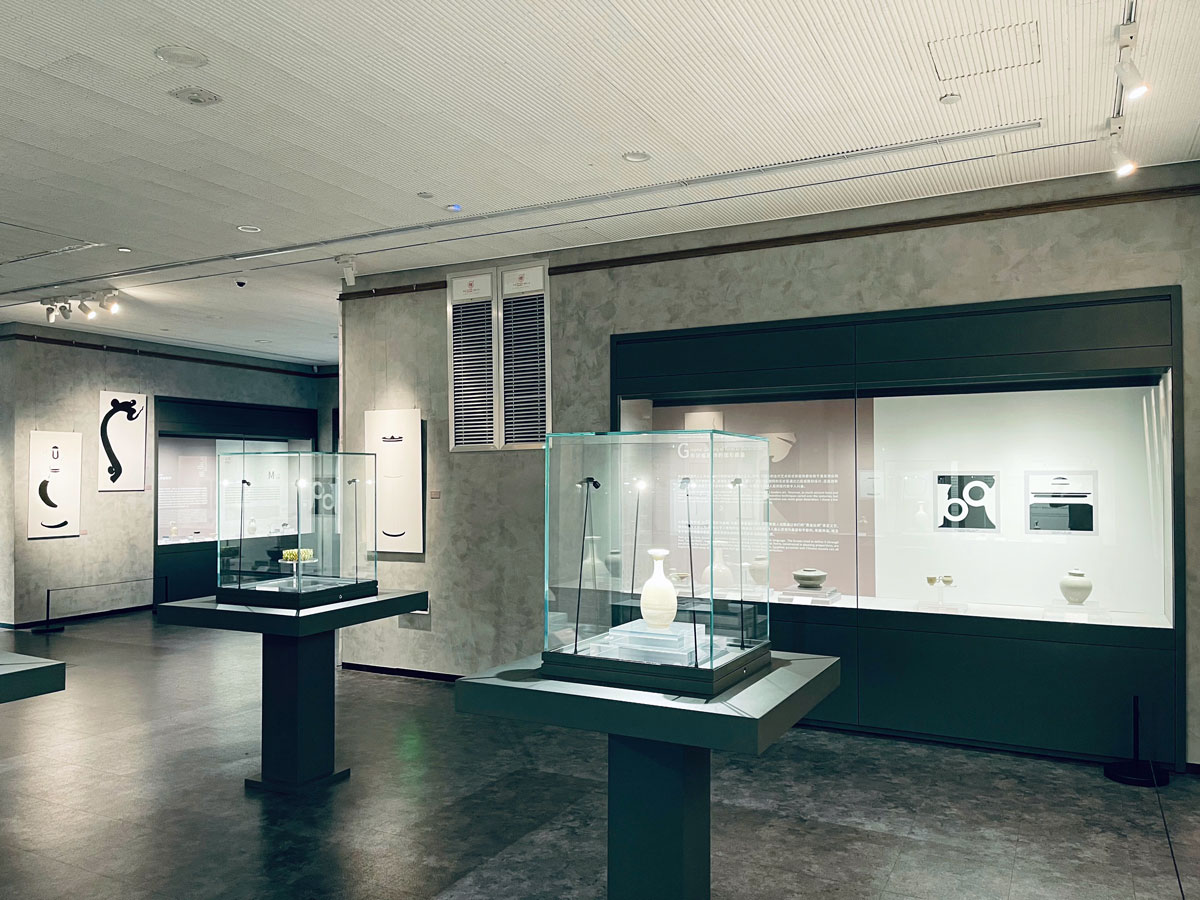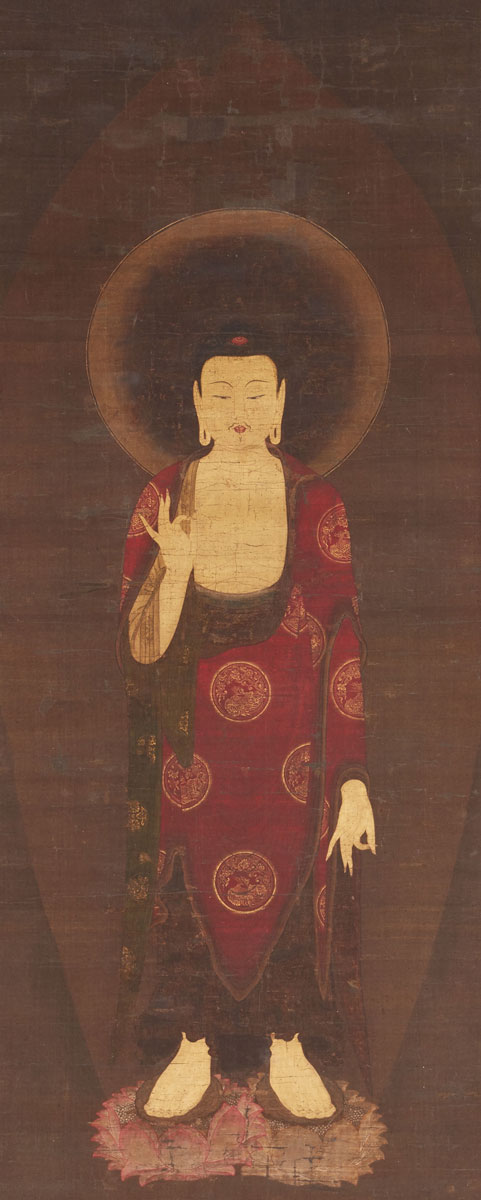Installation view, Body Transformed: Contemporary South Asian Photographs and Prints
Body Transformed: Contemporary South Asian Photographs and Prints
Closing Sunday, August 17, 2025
Arthur M. Sackler Gallery | Gallery 28
Body Transformed: Contemporary South Asian Photographs and Prints presents a selection of works that center on the human figure. For the artists in this exhibition, the human form and the expressive power of photography and print media offer ways to examine the place of the individual in contemporary society.
Works by Pushpamala N. and Clare Arni, Vivek Vilasini, Ram Rahman, and Naveen Kishore focus on the performing body to confront notions of gender and cultural identity through photography, a medium that has played a complicated role in India since the nineteenth century. Jitish Kallat and Rashid Rana manipulate photographic images to simultaneously assert and dissolve the portrait in jarring compositions that hover between reflections on the public being and the disquiet of the inner self.
Master print artists Krishna Reddy, Chitra Ganesh, and Jyoti Bhatt experiment with provocatively carved lines and vivid colors unique to printmaking. Fragmenting, morphing, and multiplying the figure, these artists incorporate various processes to explore representations of power, place, and sexuality in today’s world.
Drawn from the generous gifts of Drs. Umesh and Sunanda Gaur, Body Transformed reveals the human form as a site of both artistic experimentation and cultural inquiry.
To learn more, click here.
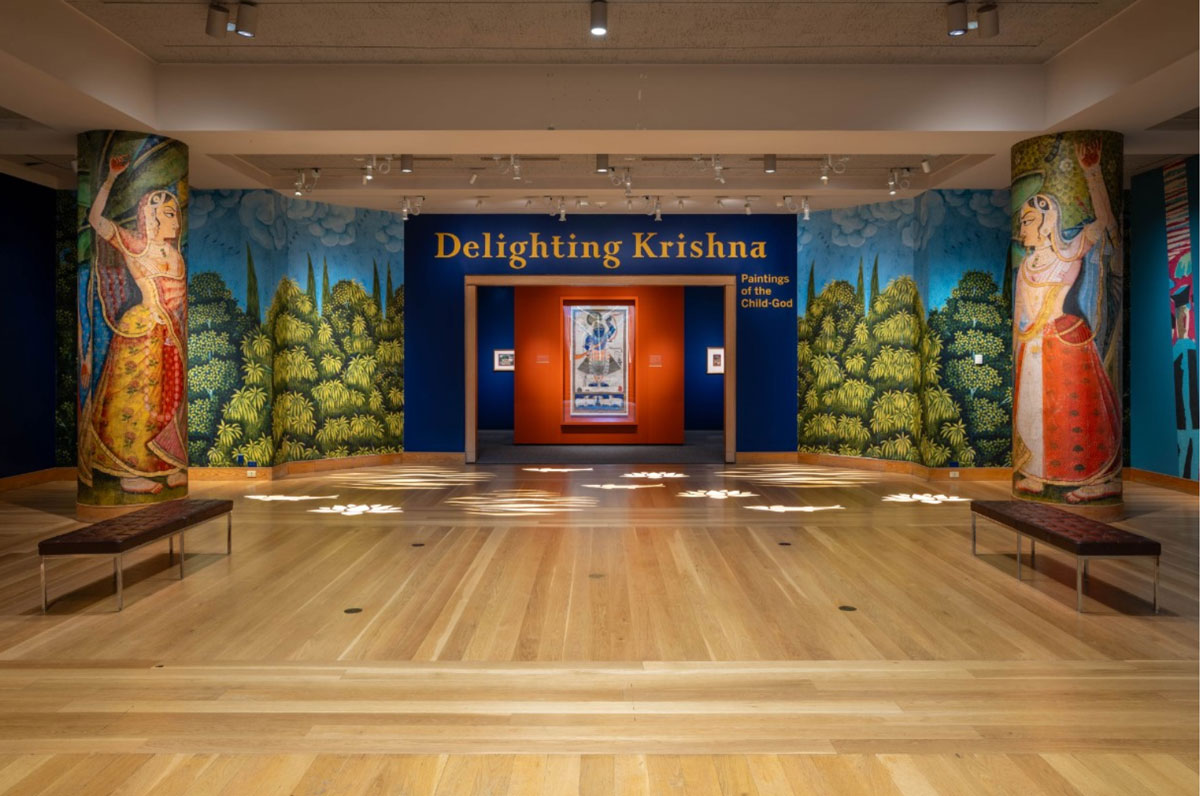
Installation view, Delighting Krishna: Paintings of the Child-God
Delighting Krishna: Paintings of the Child-God
Closing Sunday, August 24, 2025
Curator Tour: Wednesday, August 13, 12-1pm
Arthur M. Sackler Gallery | Gallery 24
Imagine a god who appears to you as a mischievous child—you dance together in meadows, play with him, and gift him fruits and flowers. This may give you an idea of how the Hindu Pushtimarg community engages with the divine. They seek to delight and care for the child-god Krishna, and in return, they receive joy and spiritual insight. Delighting Krishna delves into the emotions and philosophy of the Pushtimarg tradition and the ingenuity of its artists. Pushtimarg religious spaces feature monumental paintings of Krishna on cotton cloth known as pichwais. For the first time since the 1970s, these fourteen pichwais from the National Museum of Asian Art’s collections are on view for the public. These paintings are literally larger than life, averaging about eight by eight feet in size. Pichwais are made to serve as backdrops for three-dimensional displays, typically paired with icons of Krishna, music, and scents. This collection of pichwais dates from the eighteenth to the twentieth century, and most were painted in Nathdwara, Rajasthan, the global epicenter of the Pushtimarg community. Encounter these intriguing paintings from multiple angles through insights from Hindu community members, curators, conservators, and a conservation scientist. Alongside the pichwais, court paintings illuminate Krishna’s playful charm, and mixed-media works show how the Pushtimarg tradition engages the senses. Awash with color and brimming with joy, these artworks themselves invite delight.
Be sure to get exclusive insights into how they displayed the monumental paintings in this exhibition on August 13! Three of their experts will lead this tour: curator Debra Diamond, exhibition specialist Patrick Burke, and lighting designer Amber Meade. Learn how their creative collaboration preserved the paintings’ integrity to evoke their original multisensory contexts. Don’t miss this last curator tour before the exhibition closes!
To learn more, click here.
